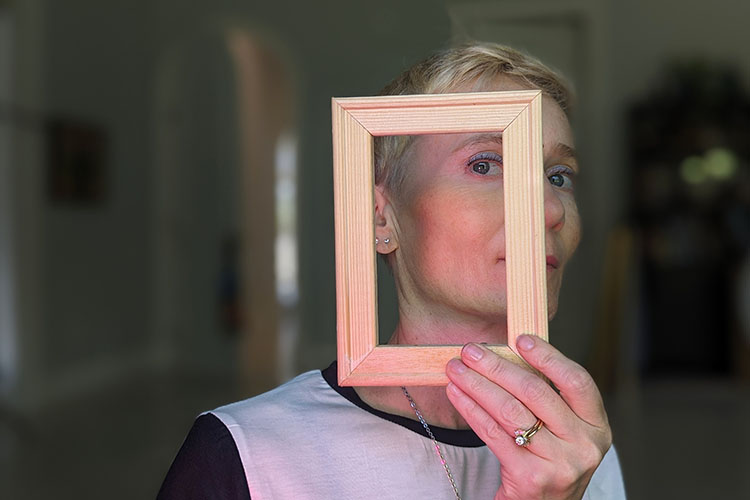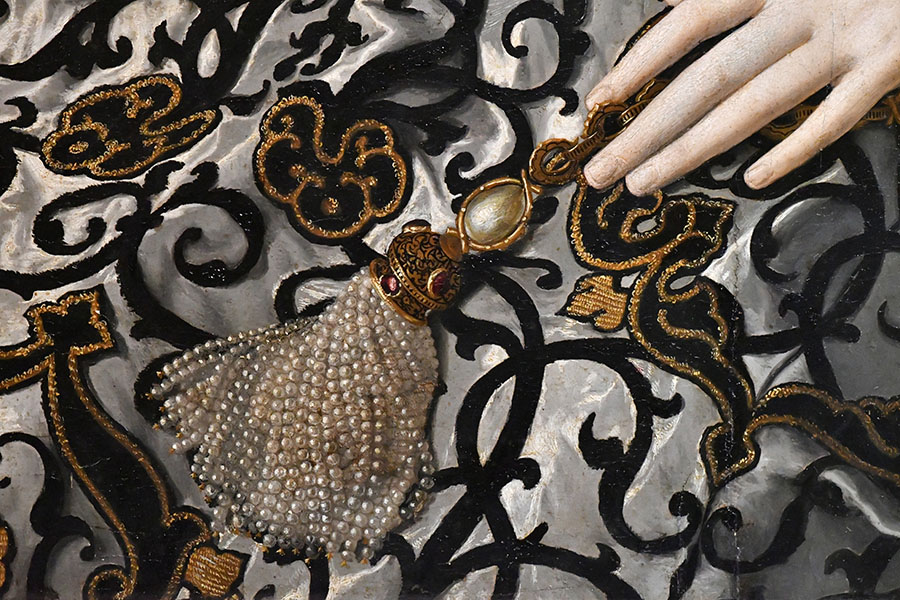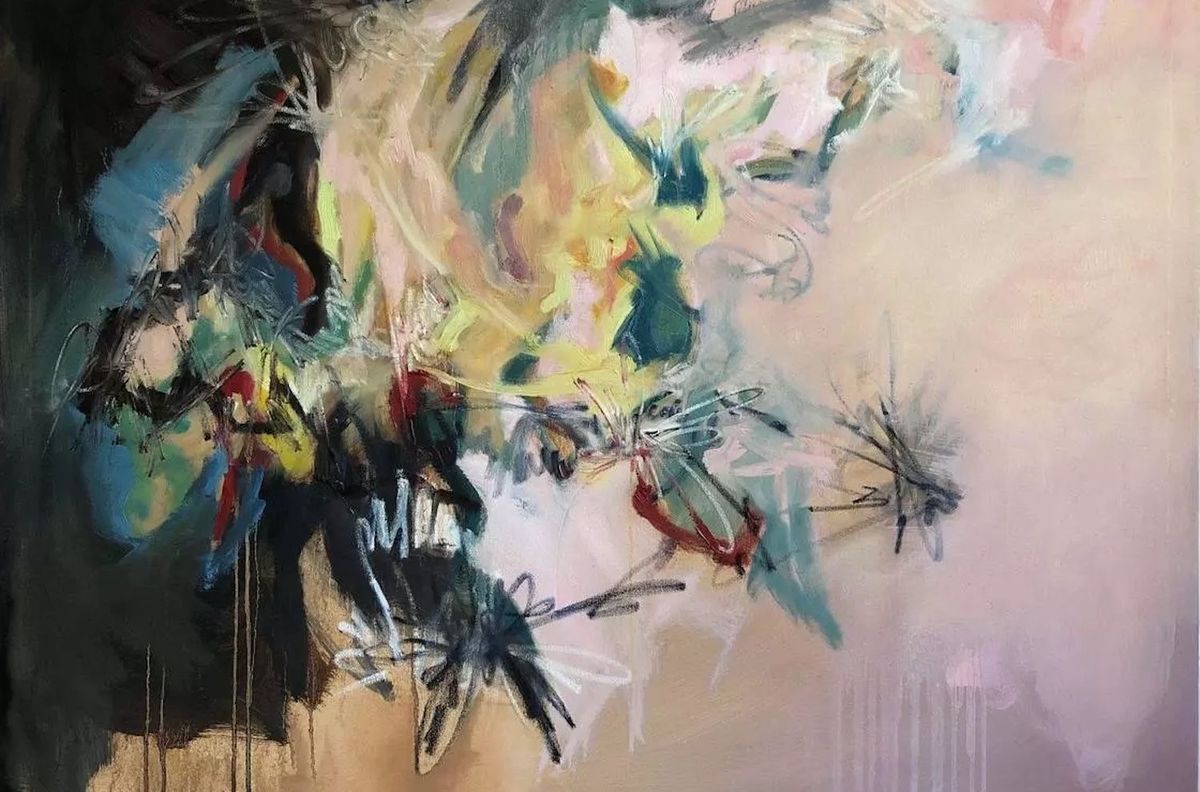
Do you shop at these places for canvases? Michael’s, Hobby Lobby, Walmart, Lowes or online art supply retailers? When everything doubled or tripped in price in the art supplies section, these affordable canvases seem to be a steal. But are they really worth it? Stop 🛑 painting on these canvases now!

Video on YouTube: https://youtu.be/oxygIkpOwLA
4 reasons to stop painting on cheap canvases from Michael’s, Hobby Lobby, Lowes & alike.
Here are 4 reasons to stop buying cheap canvases at craft stores:
- Cheap wood doesn’t hold the frame in a long run unless you frame the art soon after its completion. The frames are often crooked and the stretcher bars are not stapled together. It could be all right for a small canvas but not for a big one because large canvases need more support to hold everything up together.
- You can’t be confident selling your art that’s produced using crappy art supplies. These canvases will begin to degrade within your lifetime (and this is a very conservative estimate).
- This material is not a high-quality canvas. I can’t even tell you what it really is. It can rip and ripple easily. Constant flactuations in room temperature cause cracks in art. This material is asking for trouble.
- This gesso (the white ground that covers panels and canvases) is not a high-quality gesso either. And that’s the biggest problem with the craft canvases in my opinion, because oil paint doesn’t form a permanent bond with this surface. It doesn’t stick even if it looks ok on the first sight. It’s very easy to damage the surface. Any shuffling of a painted art rubbed against something will damage the art. I’m not sure that acrylic paint forms a bond with this surface either. Beware.
Combine this horrible surface with low-quality, cheap paints and you got yourself a painting that will crack, fade and change it’s shape pretty soon. Do you really want that?

Affordable alternatives: paint on these high-quality panels instead
Here are some very good alternatives to paint on.

Paint on panels:
My personal preference is a medium-textured panel like Ampersand gessobord or aluminum panels by Artefex. Artefex Alcotpanel is aluminum panel with a primed cotton canvas mounted on ACM and ready to paint on. Da vinci pro wood boards are also very good.
The gesso quality is very important. Golden products are very good. I’m not an affiliate of any of these companies. I just like the quality and price of their art supplies. Panels don’t fluctuate with a change in room temperature or humidity unlike canvas. Old art looks ok painted on wood panels… Raphael Premium Archival OIL PRIMED linen panels are designed for oil painting only because their gesso is oil-based, not acrylic-based like the majority of gesso brands sold today. https://amzn.to/3VRUSBt

Paint on canvas:
If you prefer the lightweight of a canvas, try working on a Belgian linen or more affordable canvas like Unprimed Cotton Duck #10 – Uniform Canvas Surface. It should be heavy and uniform. It’s best to buy a canvas in a roll rather than in a blanket format. The blanket could have creeses that are difficult to get rid of.
It can be a challenge to buy a good canvas shopping online because you can’t see or touch it. Some canvases have a very thin thread and you can almost look through them. Look into the numbers to understand which one is good. For example, unprimed cotton duck #10 is a thick material…
I hope this post and video helps you decide on your art materials choices or at least save you some real frustration and disappointment when you see your art scratch, crack or fade.

Some art supplies available on Amazon:
Da vinci pro panels —https://amzn.to/3RTIduu
panels without gesso – https://amzn.to/3SfBJHx
Raphael Premium Archival OIL PRIMED linen panels (for oil painting only!) https://amzn.to/3VRUSBt
Ampersand gessobords-https://amzn.to/47ygmWg
Golden gesso: https://amzn.to/3TTwn4p
Gamblin oil paint and linseed oil – https://amzn.to/3vGNi1u ; https://amzn.to/47wvXph
Natural Pigments- https://www.naturalpigments.com/paints.html
Spray varnish – https://amzn.to/48OXyDn
Tombow mono eraser – https://amzn.to/3FXS9gI
Daler Rowney System3 Rich Gold Imitation 59ml Acrylic Paint Tube – https://amzn.to/48GA5nQ Alternative metallic acrylic gold paint – https://amzn.to/3vxx6je
If you’d like to support my work, check out the Amazon links or make a purchase from my shop. Every bit helps and you’re a part of my push forward!







































